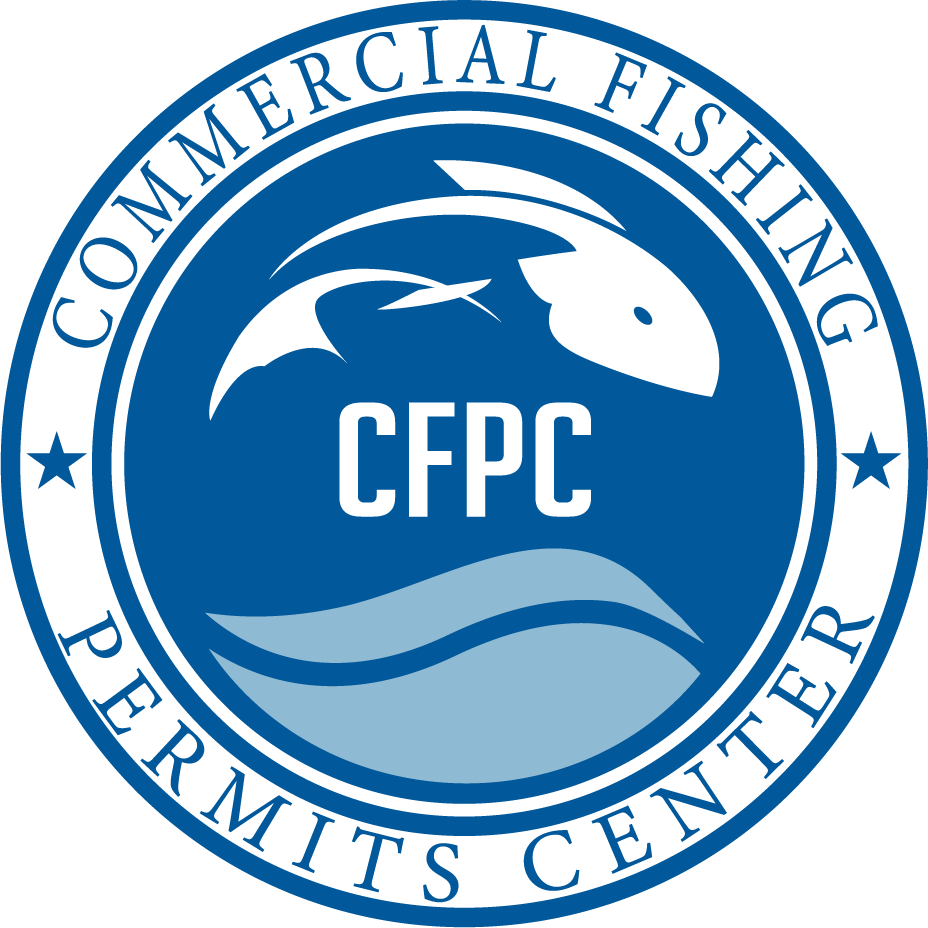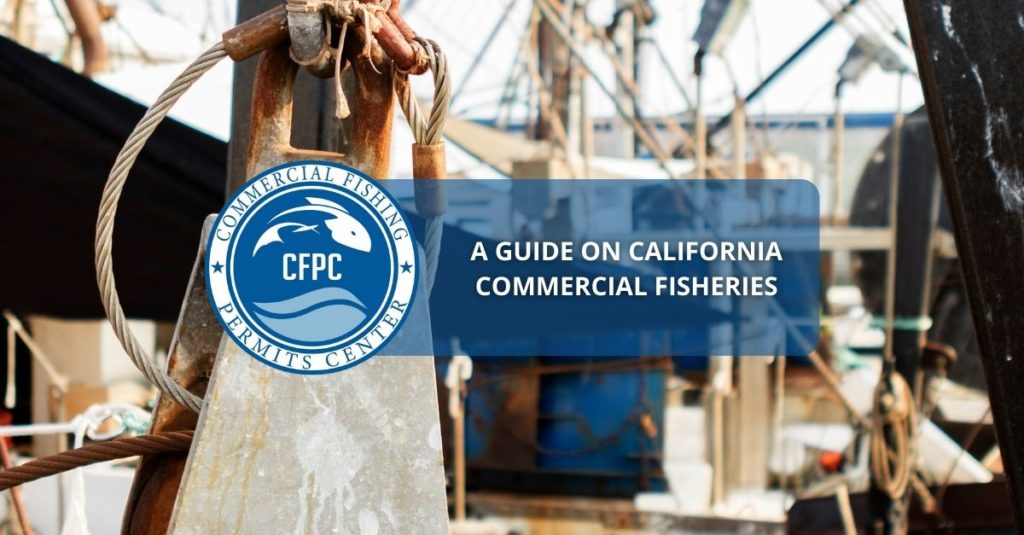The state of the golden trout and the garibaldi fish is home to hundreds of species to fish for. Commercial fishing in California is now stronger than ever, as fishing permits are renewed every year by new or experienced fishermen who know that they can find a gold mine out there. Why is this activity so popular and successful? That’s what this article is all about.
Fishing is one of the most important aspects of California’s economy. Ex-vessel revenue makes millions of dollars per year, and more than 120,000 jobs on and off the water are supported by the state’s seafood industry. With 840 miles of coastline in the Pacific ocean and some of the biggest and most wonderful lakes in the United States, California proves to be one of the best places for commercial fishing in the country.

Statewide Commercial Fisheries
How much fish and shellfish are caught and brought to port, what it’s worth, and how many people and businesses are involved – varies throughout the state, during the year, and from year to year. Fishing activity in California has changed over time largely due to increased regulation (to conserve resources) and environmental, social, and economic factors, with a general downsizing of fisheries occurring over the past few decades.
The top fisheries can be divided into the highest ex-vessel value ones and the ones with the most pounds. In the first group, from top to bottom, we can find California spiny lobster, chinook salmon, dungeness crab, market squid, and red sea urchin. The fisheries with the most pounds are, in order of importance, coastal pelagic finfish, dungeness crab, groundfish, market squid, and red sea urchin.
Fishing Gear and Methods in California
Commercial fisheries are defined in terms of species, methods (and/or gear), and geographic area. There are a variety of gear types and methods to catch fish in California, and more than one gear type or method may be used to catch a given species. Below is a list of the most common methods for local fishing.
Dive
Divers using a hookah (surface-supplied air gear) or SCUBA (self-contained underwater breathing apparatus) collect urchins using a special tool while sea cucumbers are harvested by hand.
Hook-and-Line
This method includes other sub-methods such as longline, troll, and pole-and-line. The longline gear consists of a mainline with baited hooks attached to shorter lines attached intervals, with the gear usually set in place to “soak” for a time to attract the fish. Troll gear includes one or more fishing lines with lures or bait attached, with the lines drawn (“trolled”) through the water to attract the target species, most commonly salmon and albacore. The pole-and-line gear consists of rigid rods or poles with baited lines
Nets
Three major types of net gear are used in California: gillnets, purse seines and trawls. Set gillnets are anchored on the bottom of the ocean, and typically are retrieved within 24 to 48 hours after being set. The drift gillnet is attached to the back of a fishing boat and drifts behind it, below the surface of the ocean. The purse seine, a type of “roundhaul” gear, is a net that encircles a school of fish or squid.
Traps
These types of ‘fixed gear’ have an opening that is located on the side of the trap, either near the bottom or in the center depending on the target species. They also have an escape port that allows smaller and other non-target animals to exit. Pots/traps are baited and deployed on the bottom of the ocean at various depths, and are left to ‘soak’ for anywhere from hours to days, depending on the species targeted, weather, and oceanographic conditions
The Importance of Local Commercial Fishing Communities
Fishing communities are an important part of California’s maritime heritage and economy and its coastal and ocean ecosystems. Viable commercial fisheries require not only healthy marine resources and habitat but also people and businesses to support fishing activities. Those activities, in turn, support local economies and provide seafood to consumers.
These communities need a lot of people in different spaces to work together as a whole. From fishermen (crew, skippers) to seafood buyers (processors, receivers), including as well supporting businesses (fueling, ice, mechanics) and docks/harbors, every single member plays a key role in the fishing business of each of California’s communities.
Heading to Fish in California? We Can Help!
You can find all the applications and forms for commercial fishing on our website. Just click on the ‘State’ tab, look for the ‘California’ option and you’re all set to get started right away. Contact us in case you have any questions.


No Comments
Be the first to start a conversation